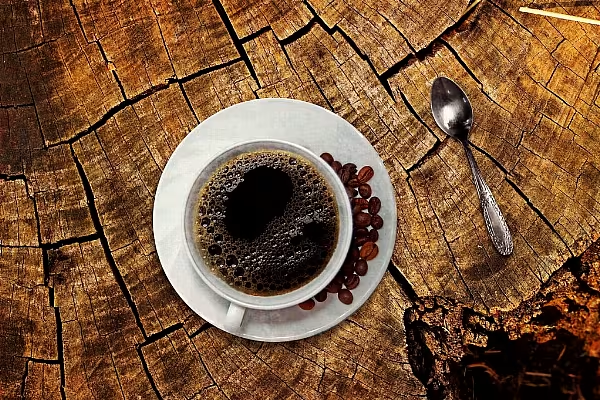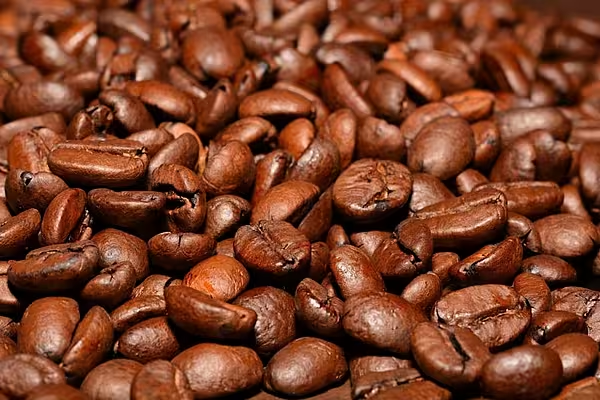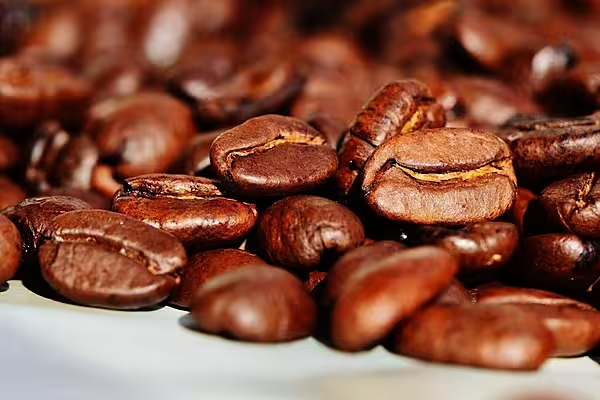The Brazilian coffee industry, the world's second largest coffee user after the United States, is likely to change blends in the 2023/24 season to increase use of mild arabica beans and reduce more stringent robusta, due to prices, according to analysts.
Consumption of arabica coffee in Brazil could double in 2023/24 from the previous season to 6.6 million 60-kg bags, while demand for robusta would fall to 15.5 million bags from 18.7 million bags, according to projections from broker and analyst hEDGEpoint Global Markets.
"It is doubling (arabica use), but it will still be below average," said Natalia Gandolphi, hEDGEpoint coffee analyst, referring to historical high share of arabicas in Brazilian blends of roast and ground coffee that changed in the last couple of years as availability of robustas increased in the country.
She said that in the past the blend used to be basically 50%-50% for arabica and robusta beans.
Coffee Blend Changes
Blend changes also happened in other markets in the last two years as industries increased robusta use to escape a price spike in arabica after frosts and drought in Brazil.
Customs data compiled by Rabobank shows that in the EU and UK region, robusta imports accounted for 36.3% of total imports in the 12 months to March, versus 31.5% in the previous year.
Robusta import share of total coffee imports in Japan, another large coffee market, went from 29.5% in the 12 months to March 2020 to 36.2% in the year to March 2023.
Gil Barabach, coffee analyst at Safras & Mercado consultancy, says that Brazilian roasters will seek lower quality arabicas, since volumes of that type could be higher this season due to rains during harvest.
News by Reuters, edited by ESM – your source for the latest supply chain news. Click subscribe to sign up to ESM: European Supermarket Magazine.











